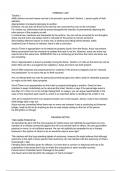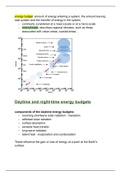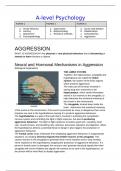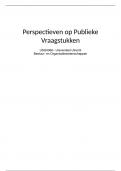Summary
Summary IT in Control (including all the articles, Selig and Romney)
- Module
- Institution
- Book
In this summary for the course IT in Control the following points have been summarized: - all the articles - the book 'Selig, G.J. (2015). Implementing Effective IT Governance and IT' - and the book 'Romney, M.B.; Steinbart, P.J. (2015). Accounting Information Systems, Global Edition, 15th Editi...
[Show more]













